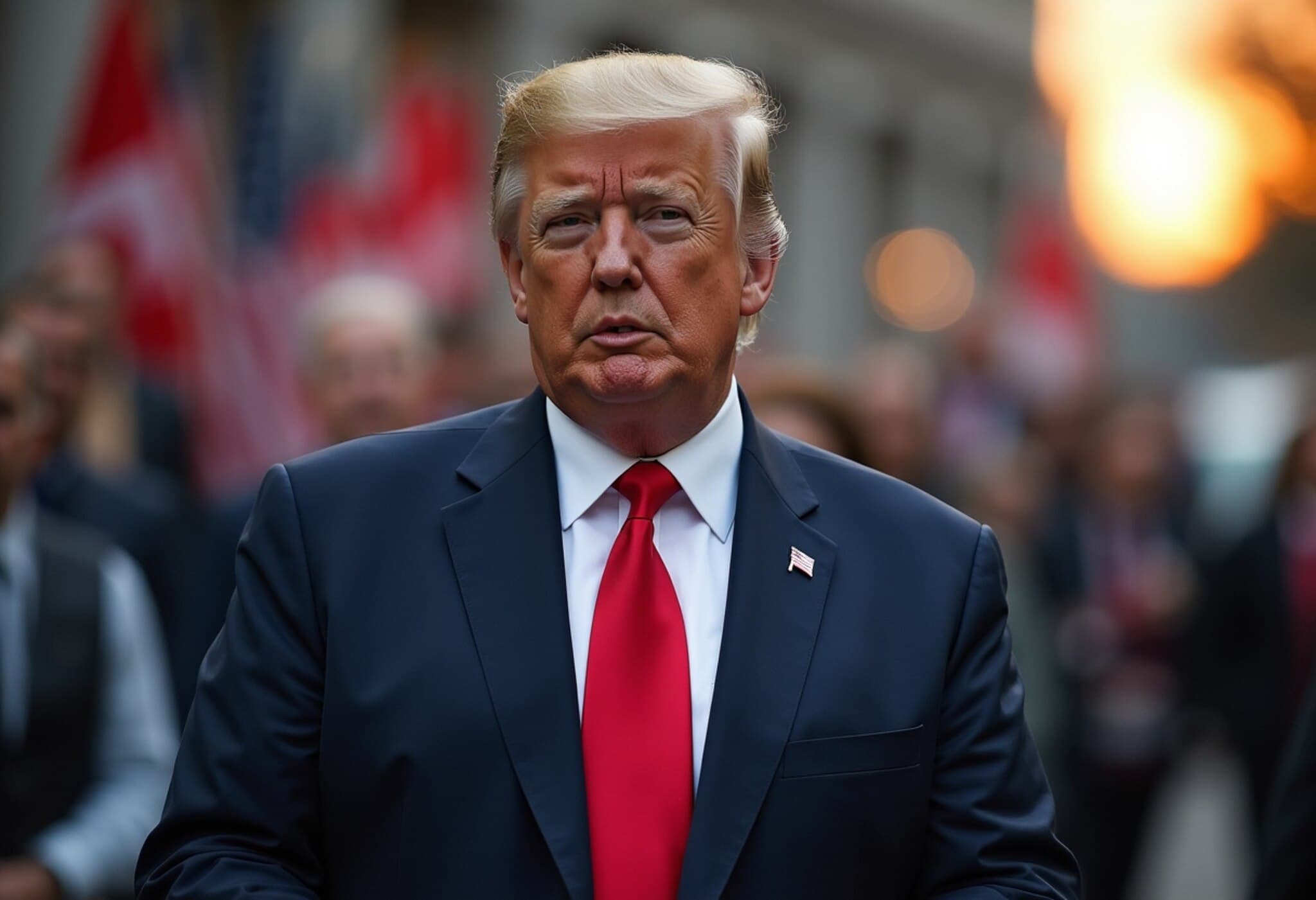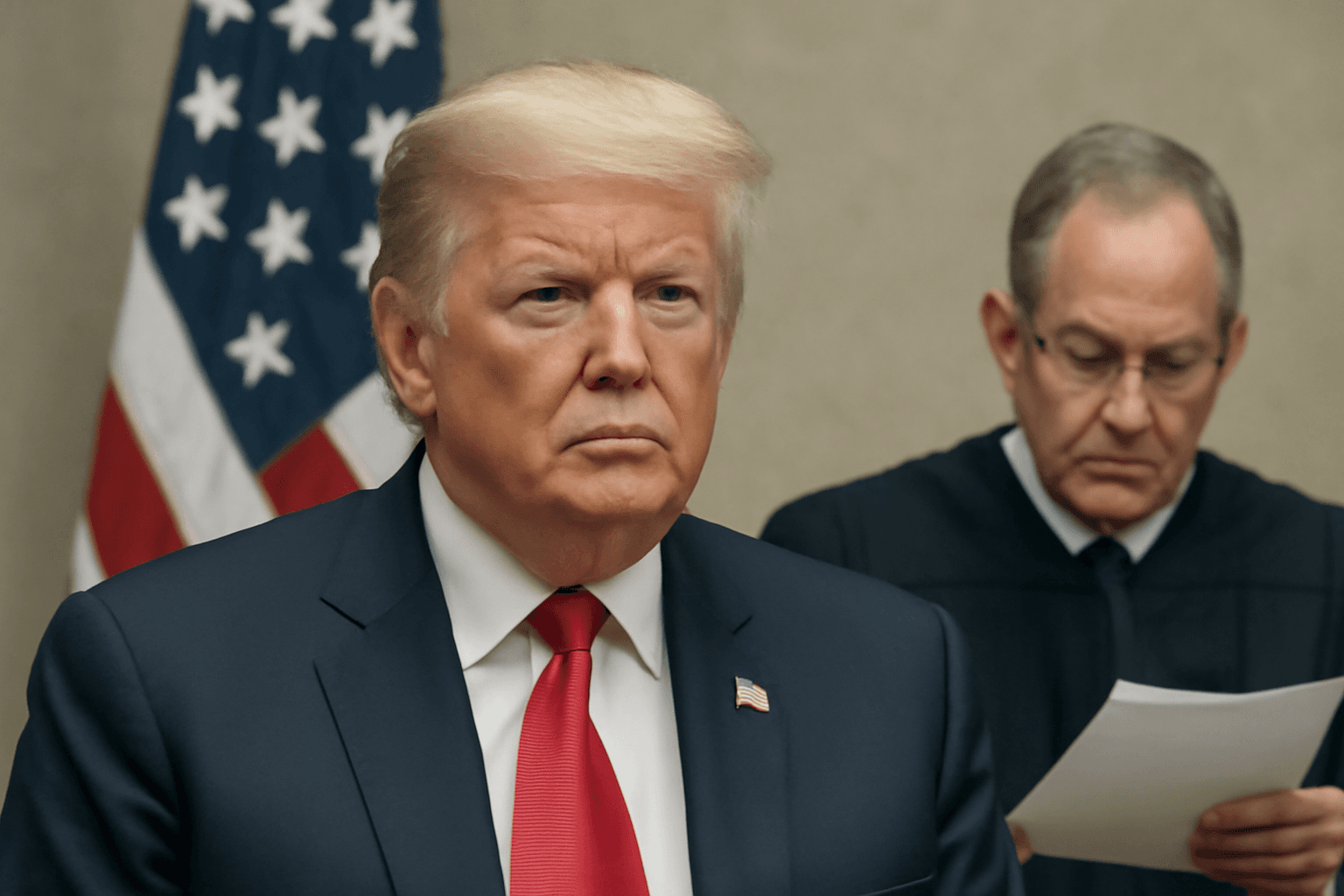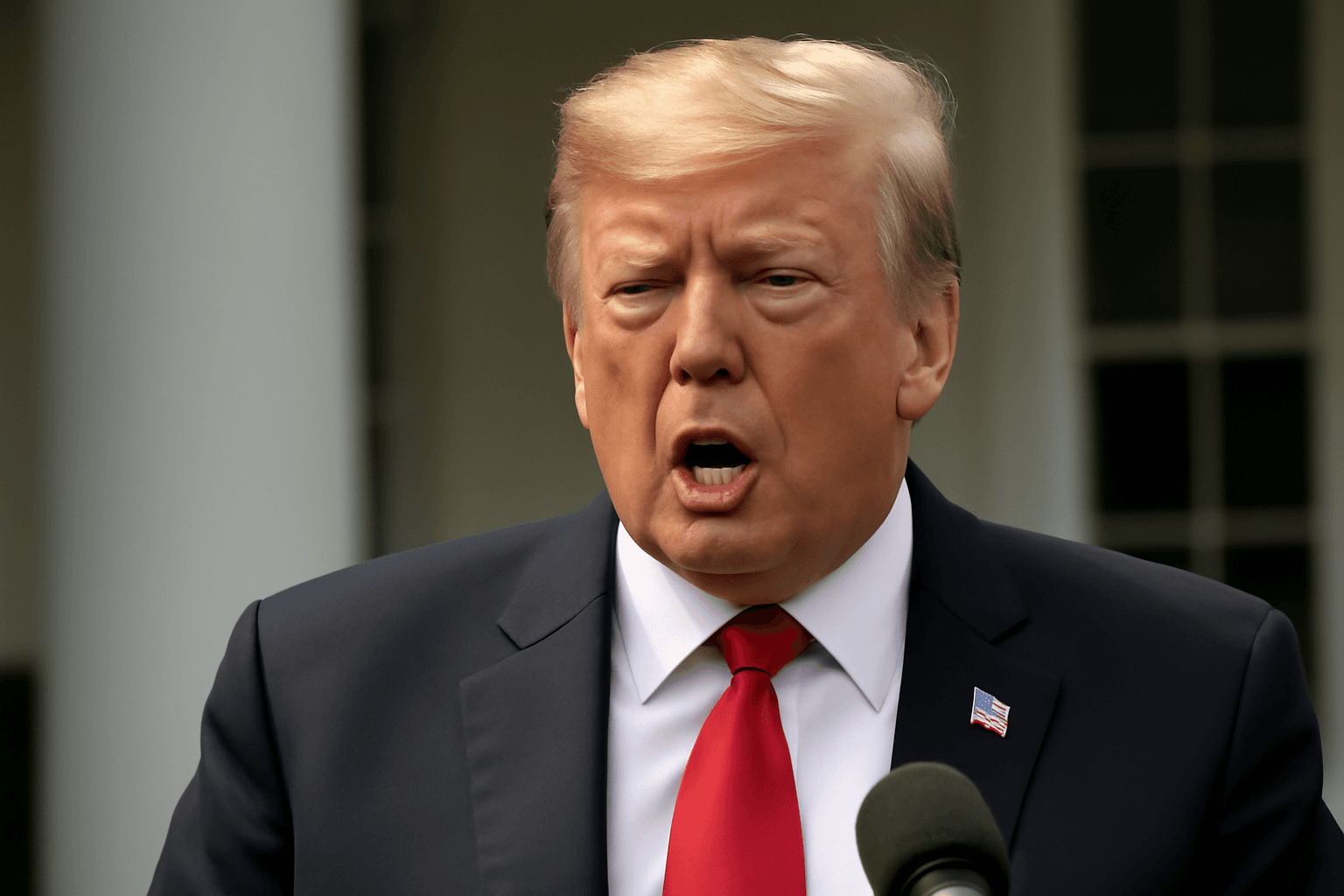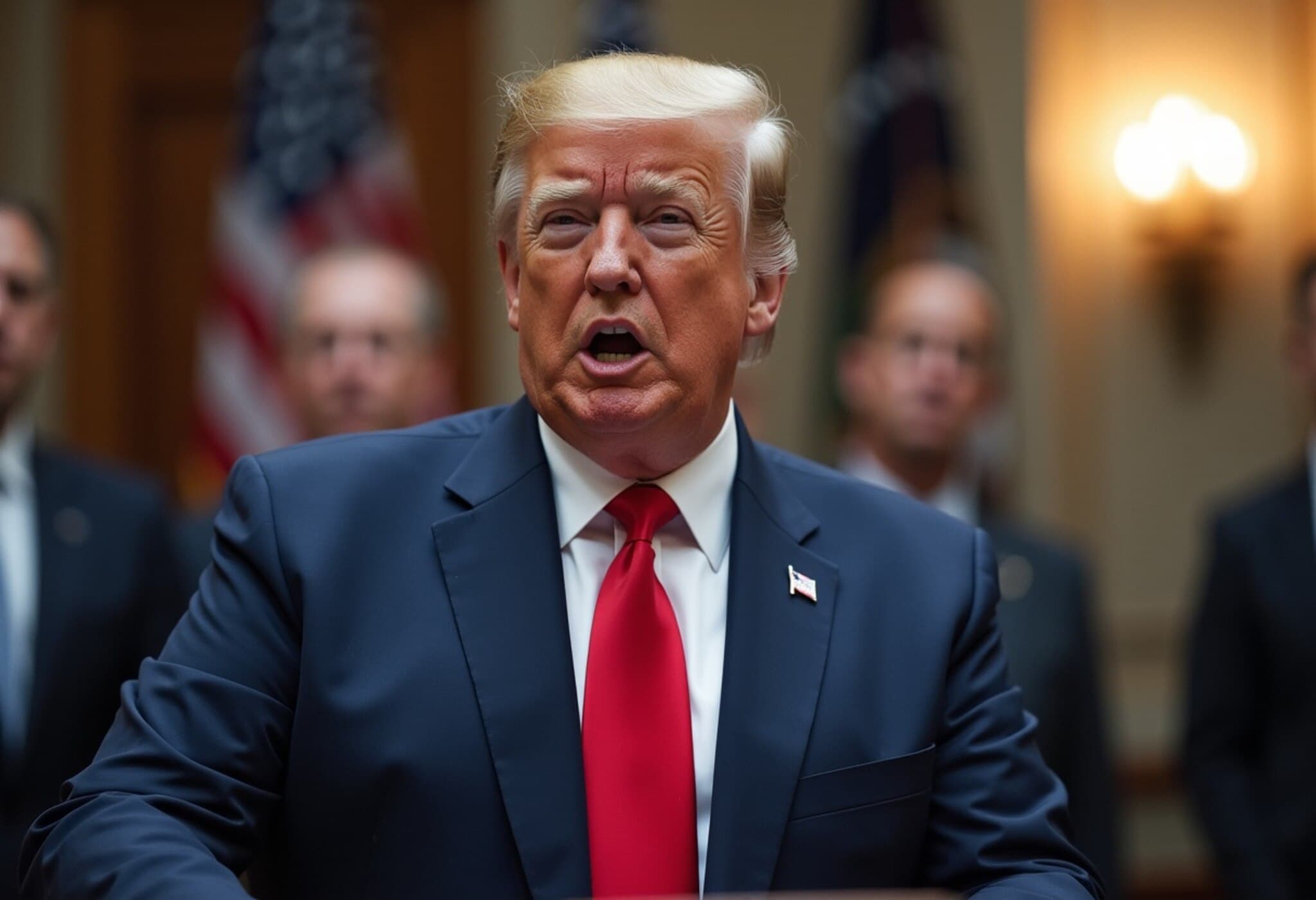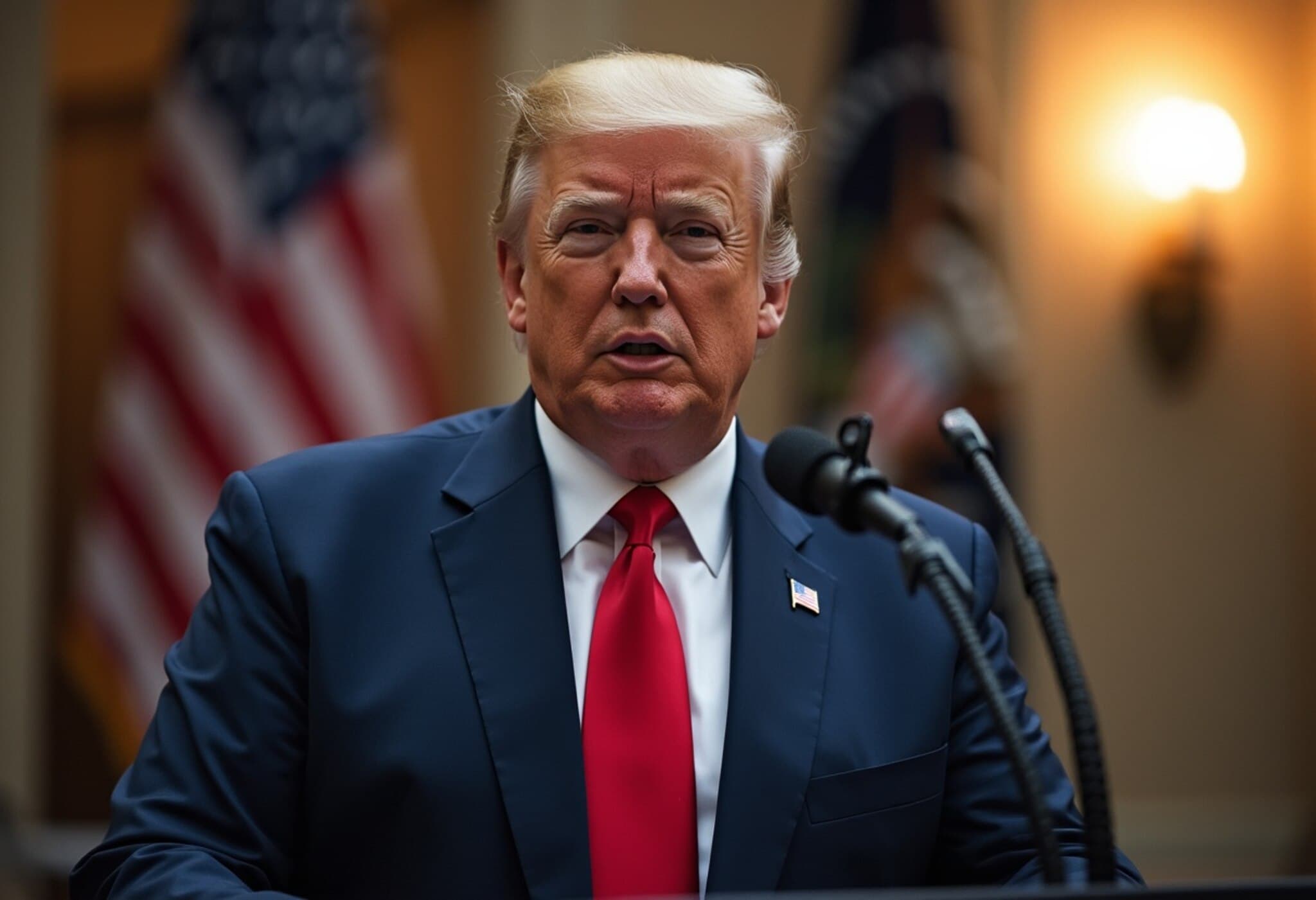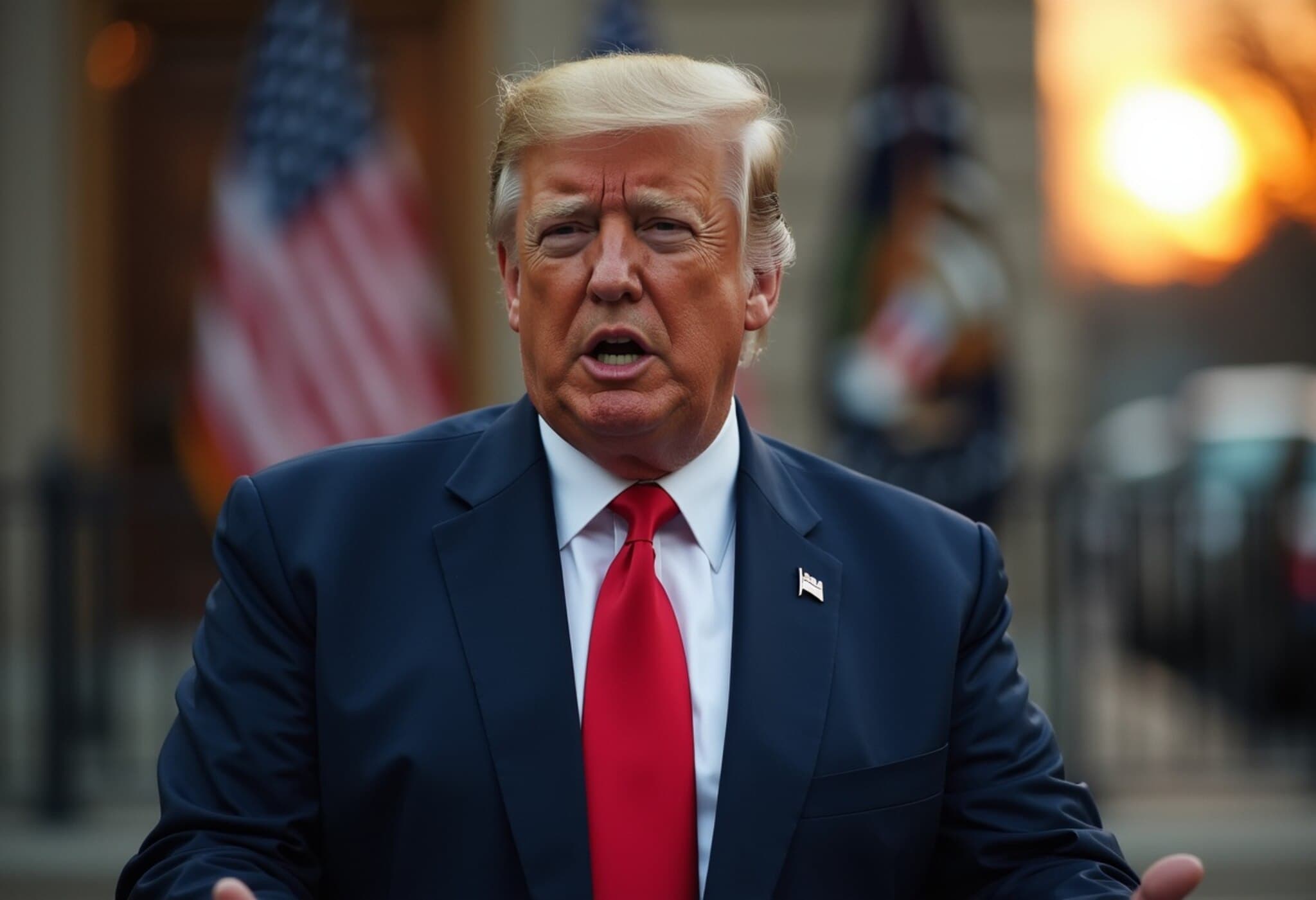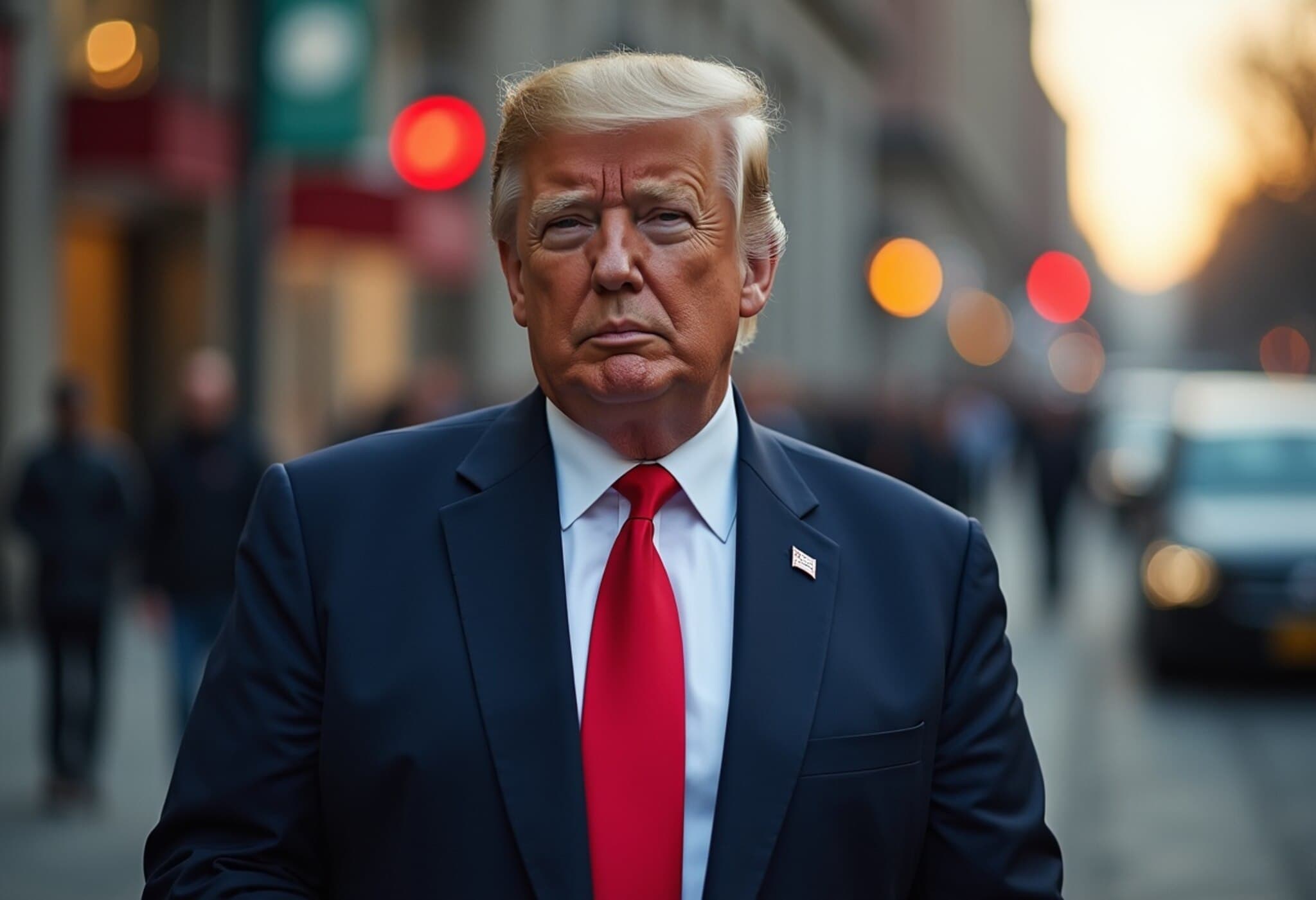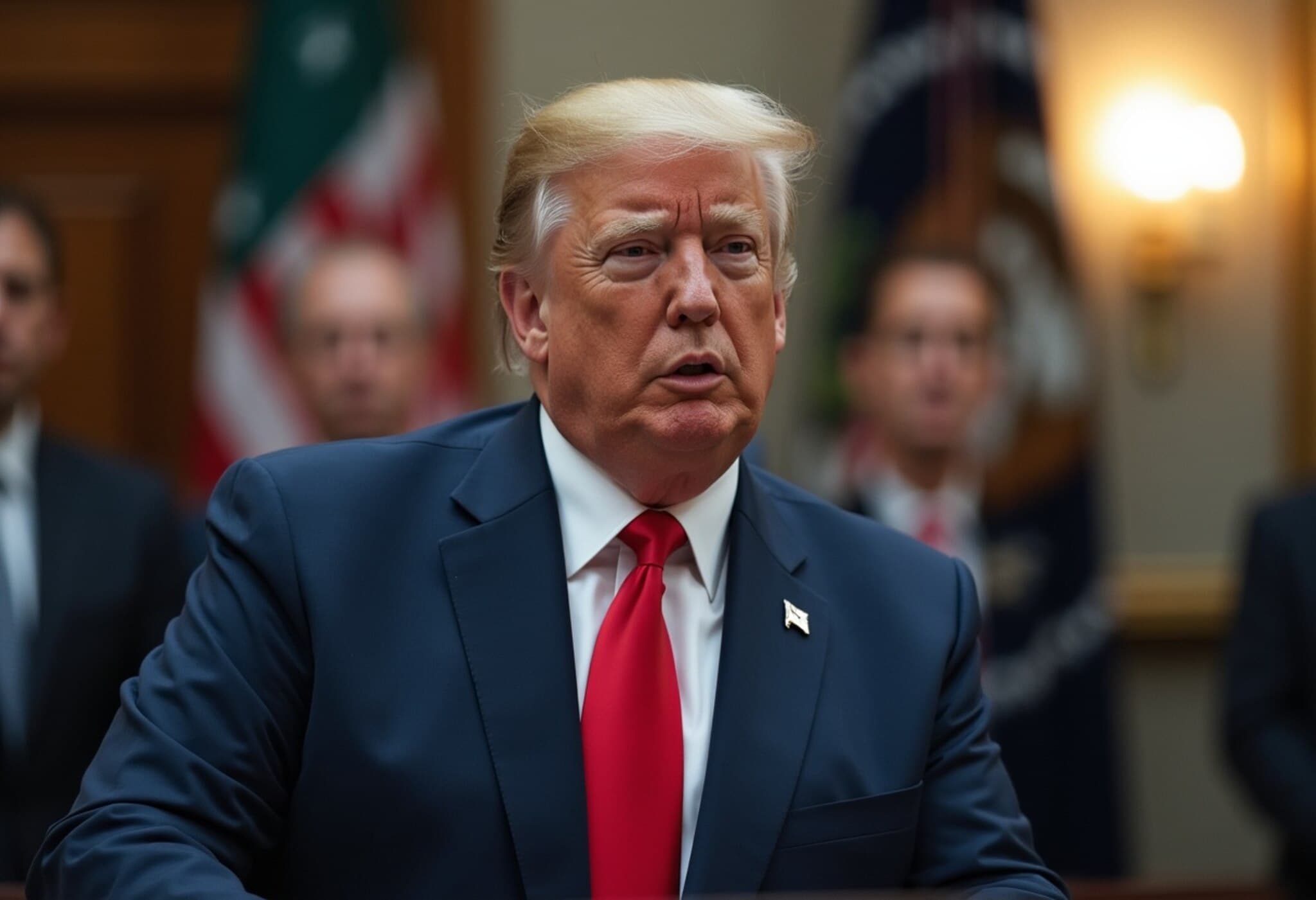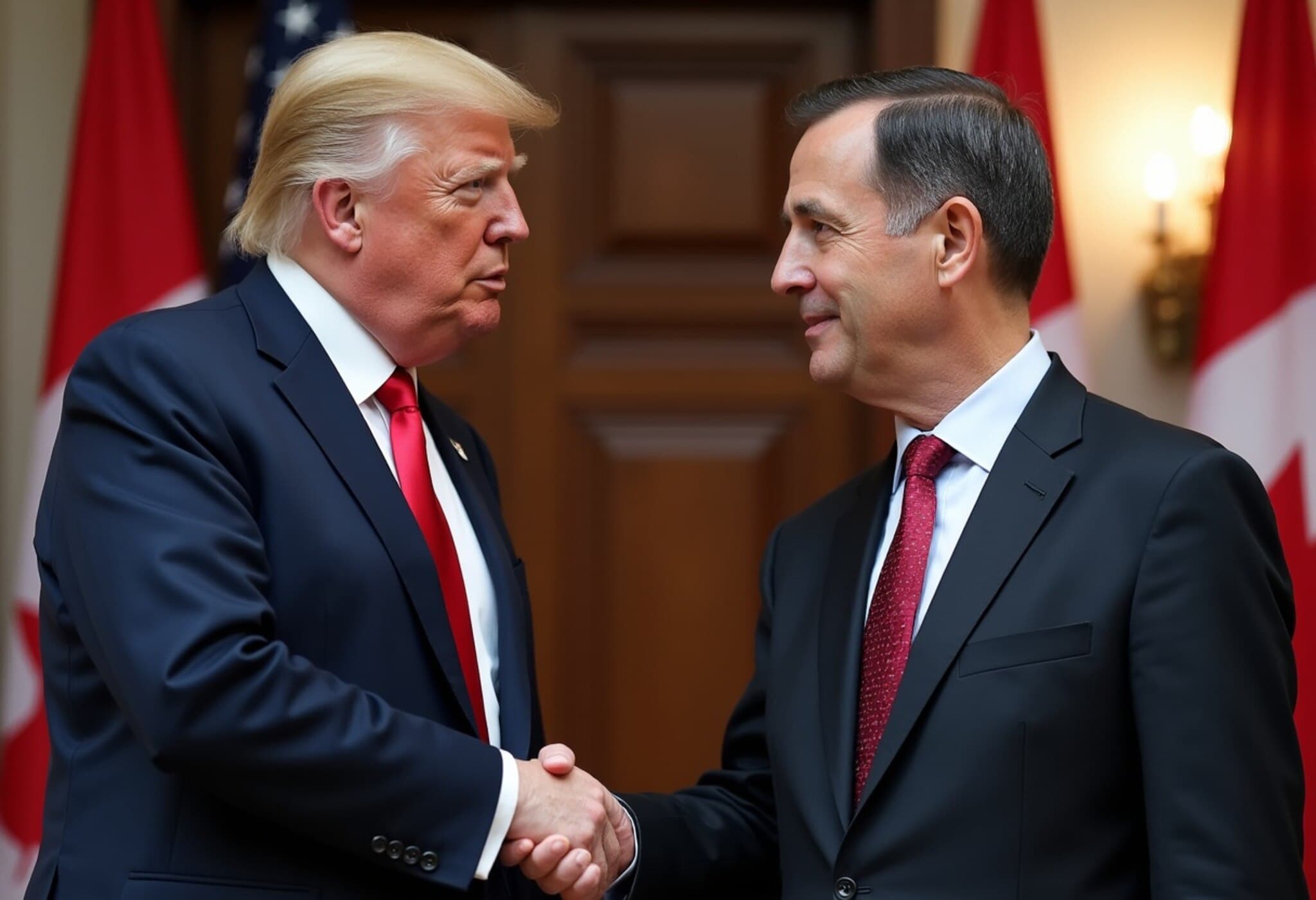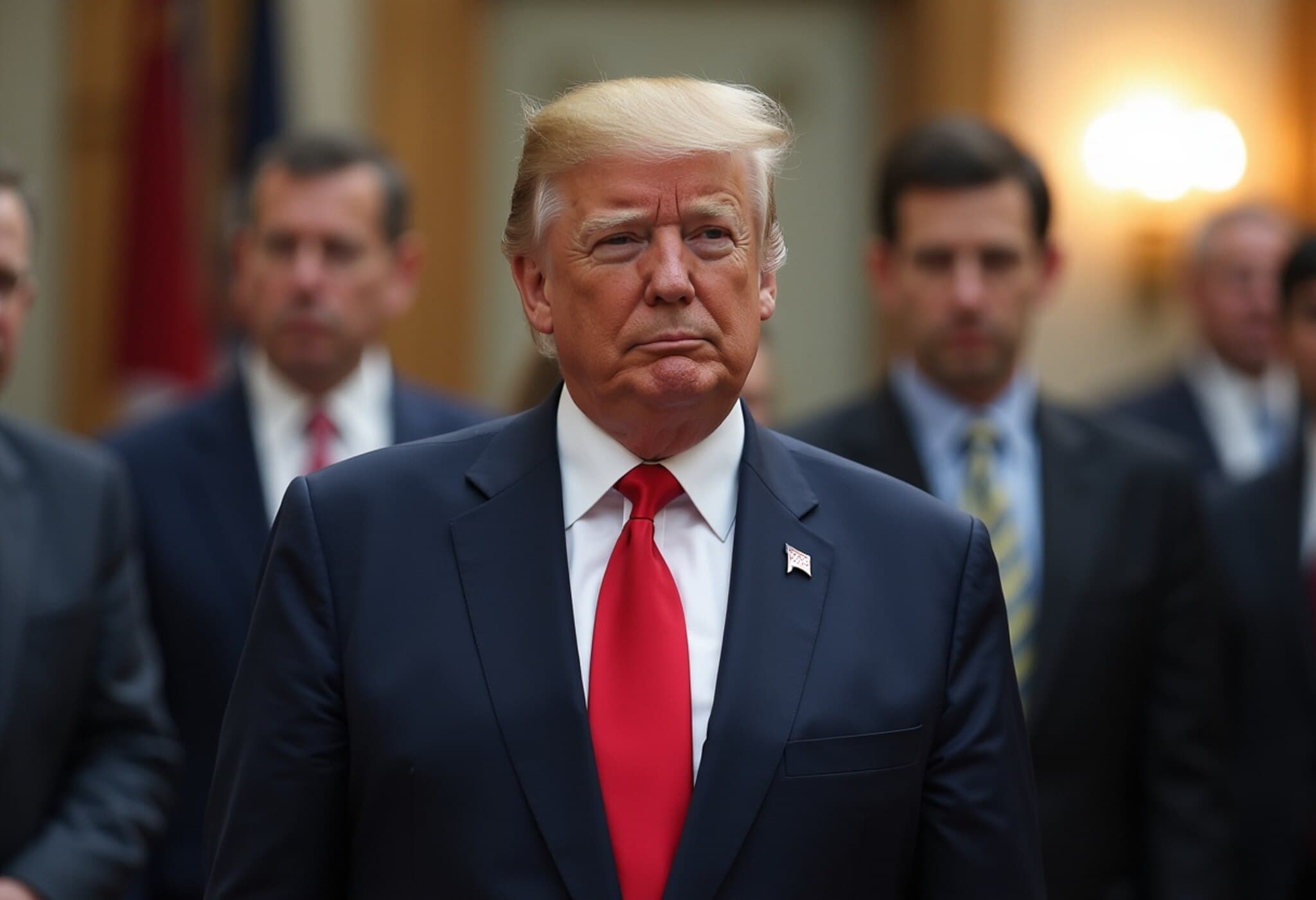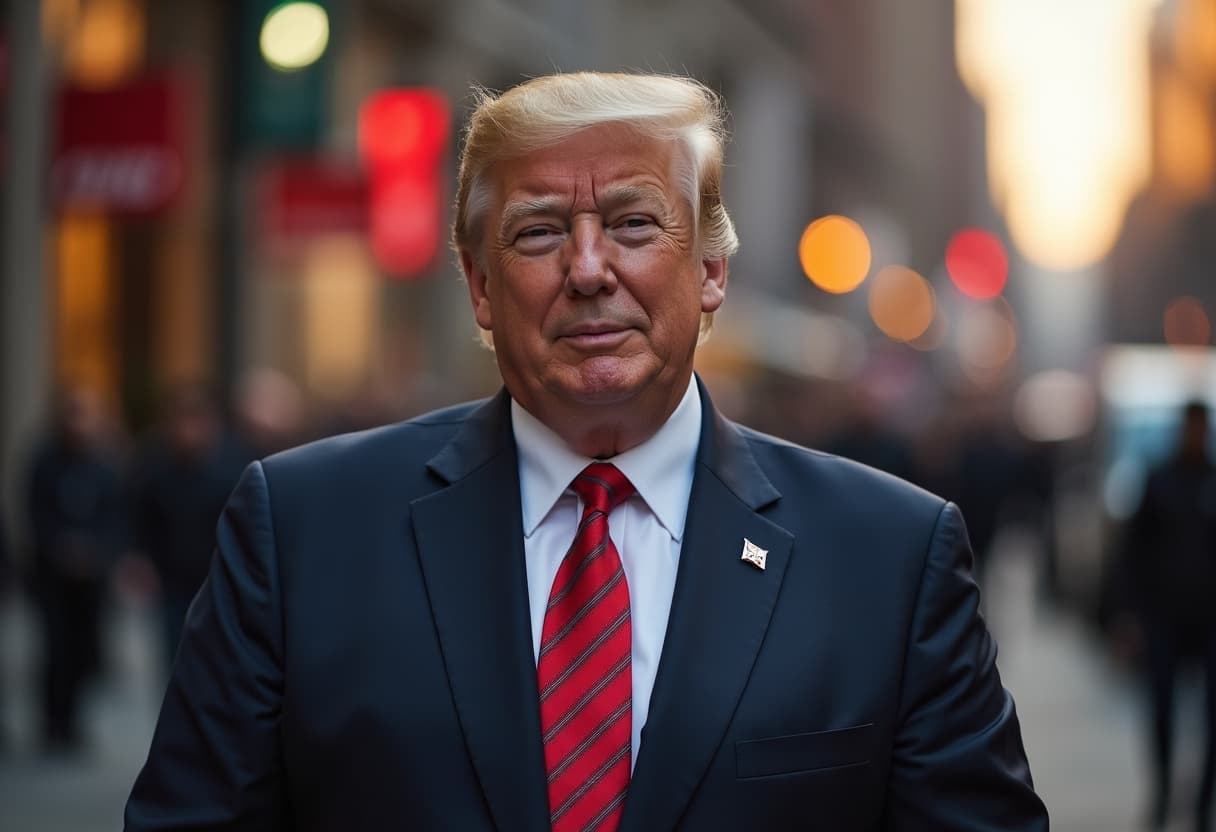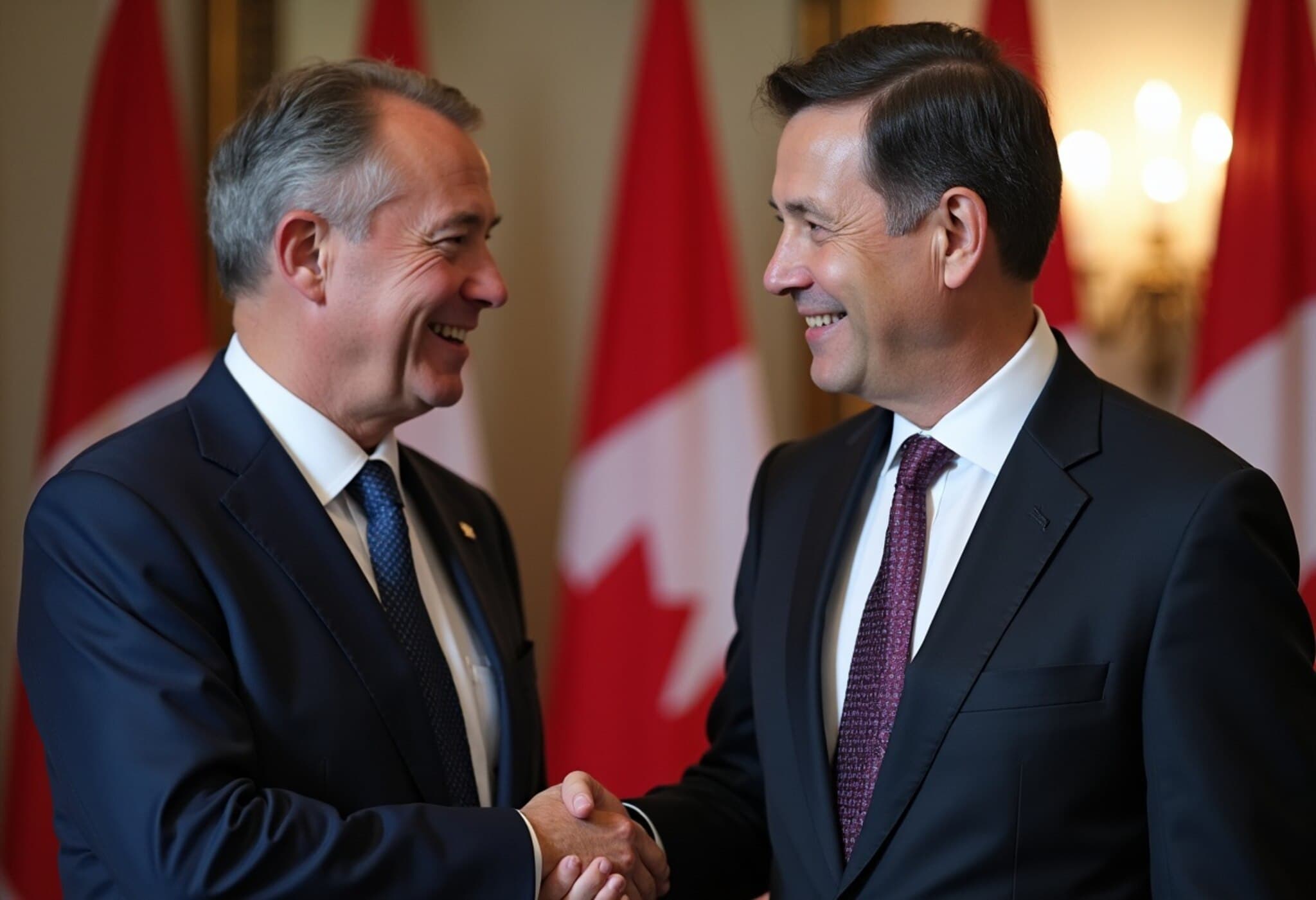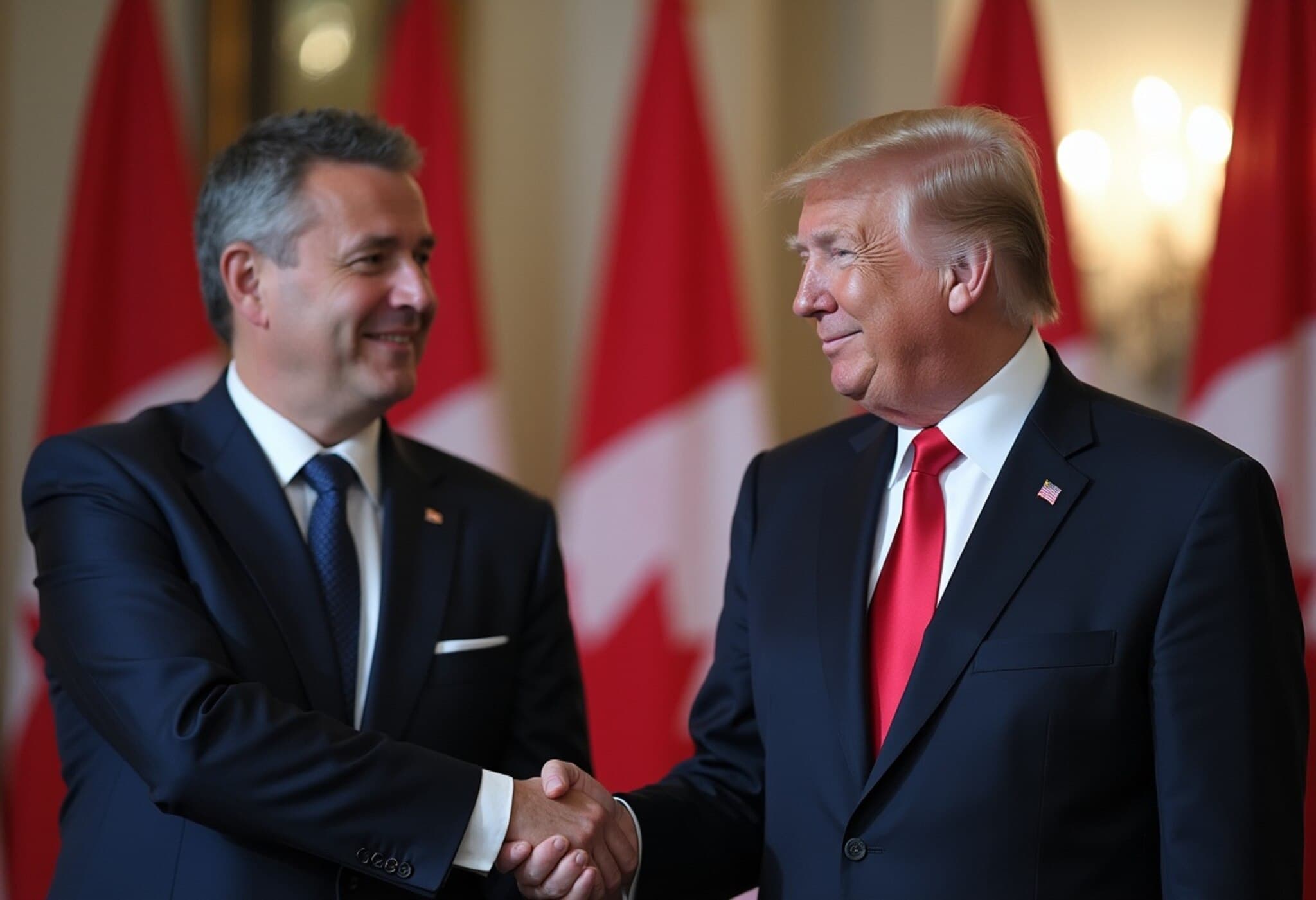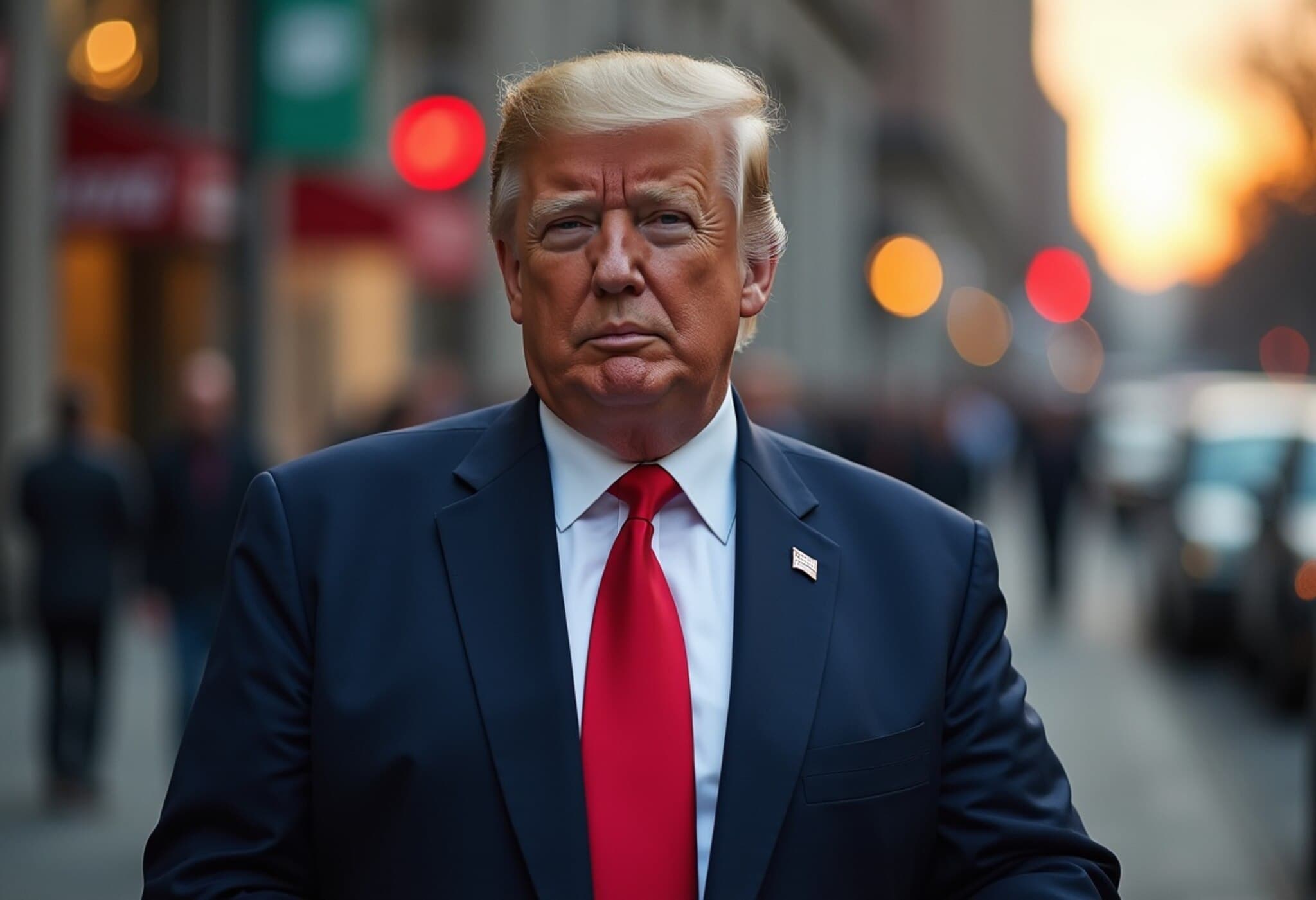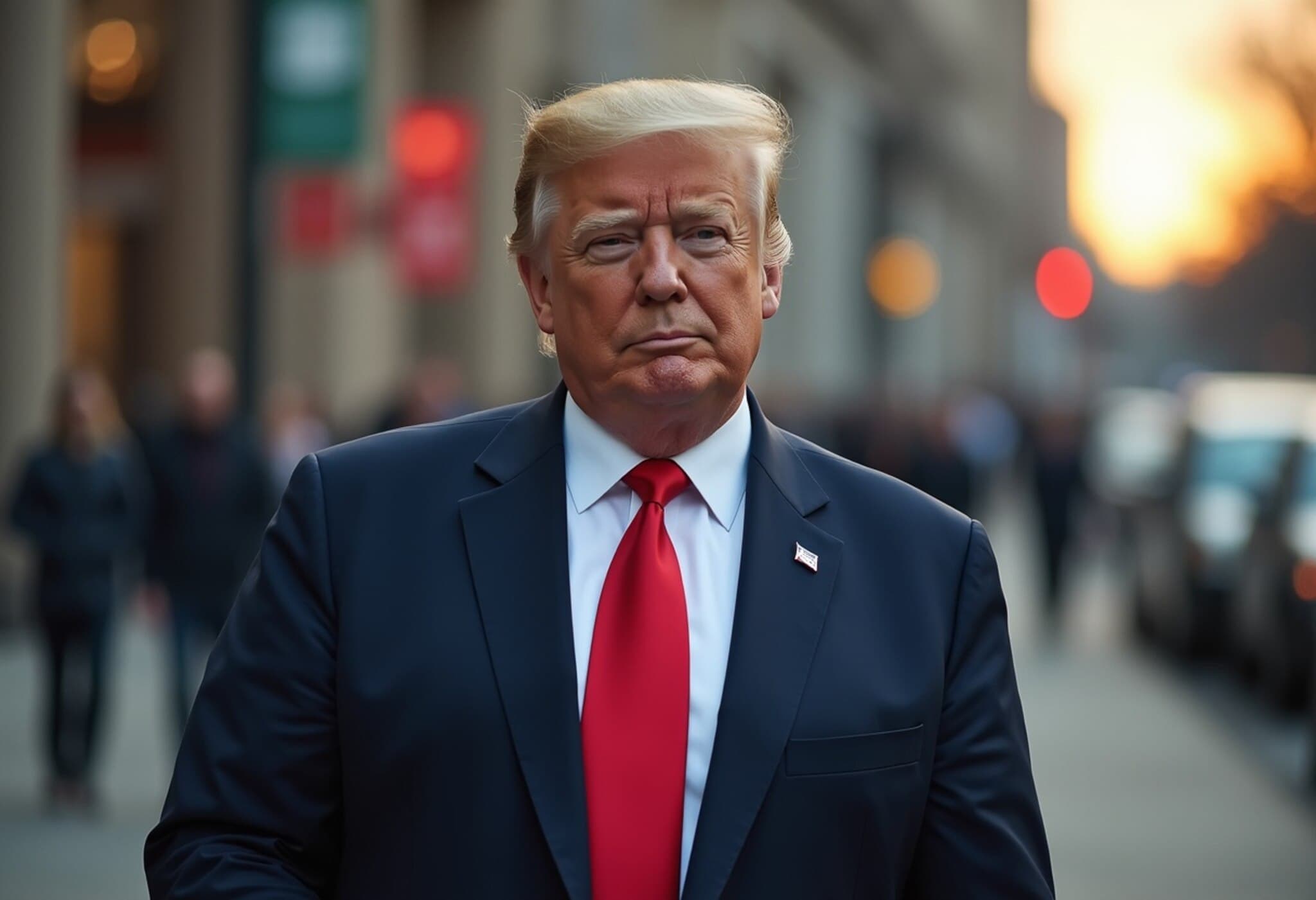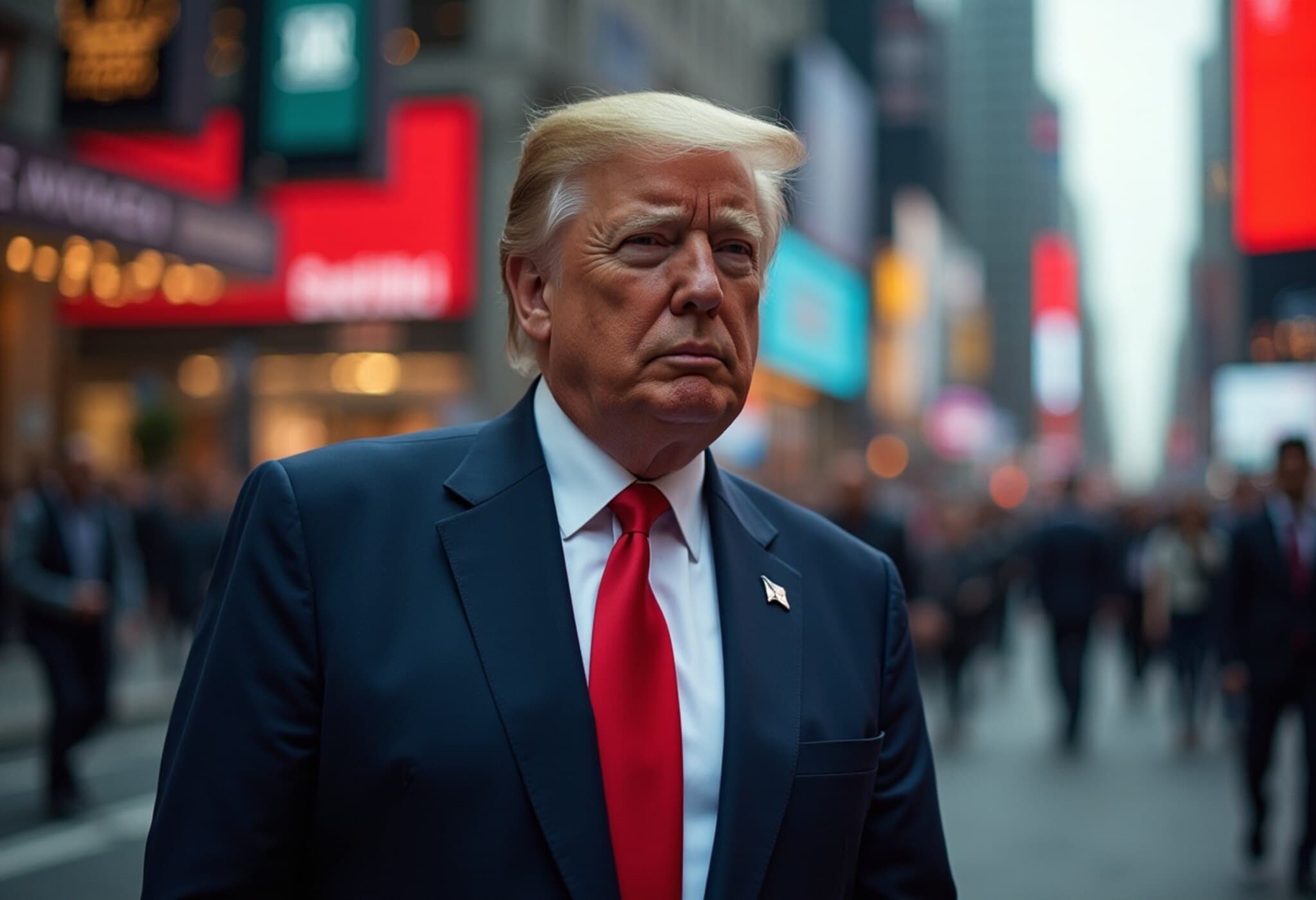Trump’s Tariff Decisions Spotlight Unequal Treatment of NAFTA Partners
On August 1, 2025, President Donald Trump unveiled a new set of tariffs that once again underscored a stark contrast in how the United States is treating its two closest neighbors, Mexico and Canada. While Mexico enjoyed a 90-day reprieve on tariff hikes amidst ongoing negotiations, Canada faced an abrupt increase in tariffs from 25% to 35%, effective immediately after midnight on Friday—weeks ahead of similar measures imposed on other nations.
Canada Left Out in the Cold Amid Rising Trade Tensions
The swift elevation of tariffs on Canada stunned many, given the longstanding economic and political ties between the two countries. Canada remains America’s largest export destination, with a deeply intertwined manufacturing base, particularly in the automotive sector. Yet, the U.S. administration’s decision seemingly disregarded these realities, prompting speculation that the move was partly political rather than purely economic.
Some Canadian observers have gone further, suggesting the tariffs might be part of an unconventional pressure campaign—fanning rumors that the Trump administration’s aggressive trade posture aims to coerce Canada politically, even sparking hyperbolic talk about annexation efforts, though no credible evidence supports such claims.
Prime Minister Mark Carney’s Struggle to Steer Trade Relations
Mark Carney, Canada’s prime minister since April 2025, has had a tough introduction on the world stage. A former central banker renowned internationally for his economic expertise, Carney brought hopes of stabilizing Canada-US relations. After hosting the 2025 G7 summit in June and promising a fresh trade deal with the U.S. by July 21, those expectations faded when the tariffs came down.
Carney publicly vowed to focus on strengthening Canada’s economy amid these challenges, emphasizing a self-reliant approach: “Canadians will be our own best customer.” This approach sets a tone that reflects resilience rather than retaliation.
The Economic Stakes: Autos, Steel, and Aluminum Under Pressure
- Automotive Industry: At the heart of contention are tariffs on Canadian-made automobiles, which have been held at 25%. This sector is vital to Canada’s economy and employs hundreds of thousands. The threat of even higher tariffs raises fears of plant closures and job losses.
- Steel and Aluminum: Canada, as the largest foreign supplier of these metals to the U.S., faces 50% tariffs, a burden that escalates production costs and strains the supply chain.
The tariffs’ timing and scope have led Canadian officials to predict that the trade conflict could inflict substantial damage if left unresolved.
Contrasting Approaches: Why Mexico Gets a Pass
The decision to grant Mexico a 90-day delay on tariffs, despite similar concerns about the border and trade practices, raises critical questions. Mexico’s President Claudia Sheinbaum has received praise from President Trump, in stark contrast to the frosty U.S.-Canada relationship. Notably, Trump has yet to publicly challenge Mexico’s sovereignty or military spending, unlike his repeated digs at Canada.
This divergence may reflect political calculations shaped by complex bilateral dynamics, but it also suggests a nuanced approach in U.S. trade policy, where economic interests, ideological alignment, and diplomatic relations intermingle.
Fentanyl and the Northern Border: Fact Check and Political Implications
One of the contentious justifications for higher Canadian tariffs involves allegations that Canada has failed to contain fentanyl and illicit drug flows across the U.S.-Canada border. While President Trump has emphasized this “public health crisis,” data tells a different story: in 2024, U.S. Customs and Border Protection seized approximately 19 kilograms of fentanyl at the northern border, compared to nearly 9,600 kilograms at the southern border with Mexico.
Despite the comparatively low volume, Canada has taken significant measures, including deploying drones, canine units, helicopters, and appointing a dedicated “fentanyl czar.” Yet, these efforts appear to have fallen short in Washington’s eyes, highlighting the challenges of diplomacy where perception and data often collide.
Looking Ahead: Negotiations and the Future of North American Trade
Though talks appear strained, both sides express a willingness to continue dialogue. Carney’s negotiators remain in Washington, and Trump has indicated openness to future discussions, signaling that economic pragmatism might eventually outweigh political posturing.
For Canada, this moment underscores the urgent need to diversify trading partners and strengthen domestic industries to reduce vulnerability to external shocks. For the U.S., it raises questions about the long-term consequences of using tariffs as a geopolitical tool, especially against key allies.
Editor’s Note
The recent tariff escalations pose a complex puzzle at the intersection of trade policy, international diplomacy, and domestic politics. While economic data suggests that Canada is less culpable than portrayed in drug smuggling allegations, political narratives have fueled trade measures that risk destabilizing relations with a vital neighbor. Observers should watch how these tariffs affect cross-border industries and whether diplomacy can deescalate tensions before irreversible damage occurs.
Moreover, this episode invites public reflection on the role of tariffs in modern diplomacy: Are they effective blunt instruments, or do they erode the collaborative foundations essential for North American prosperity?

